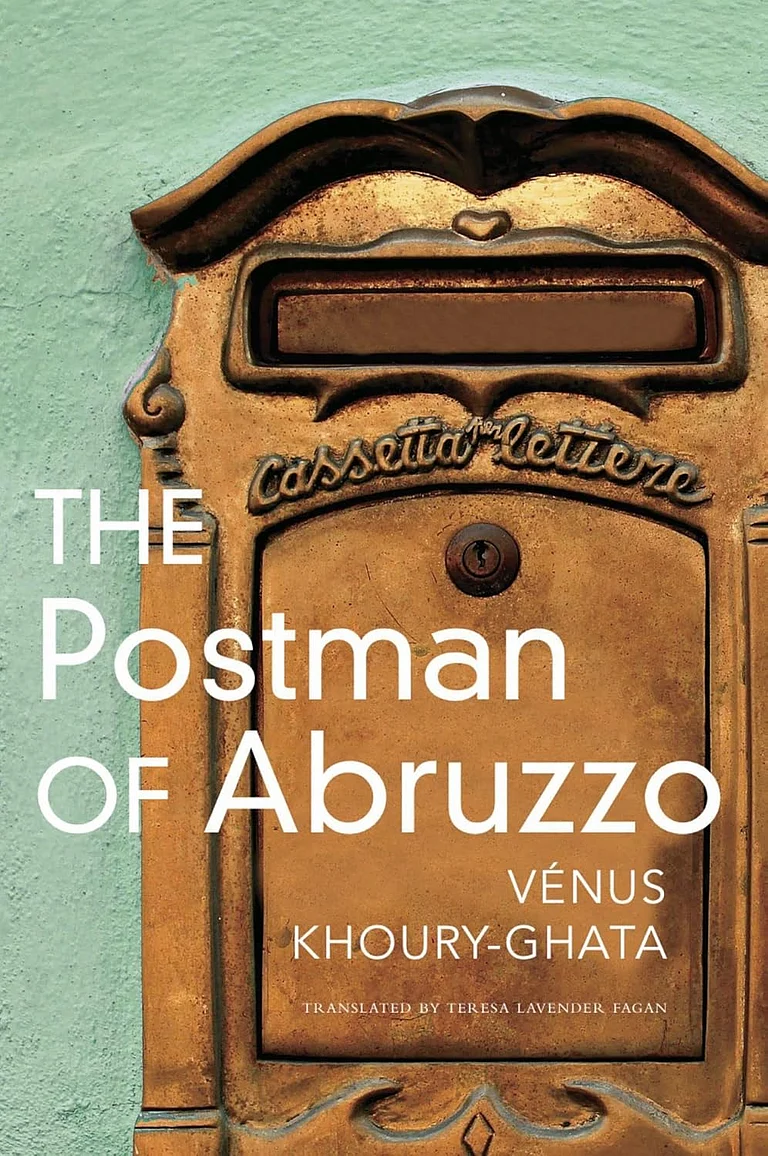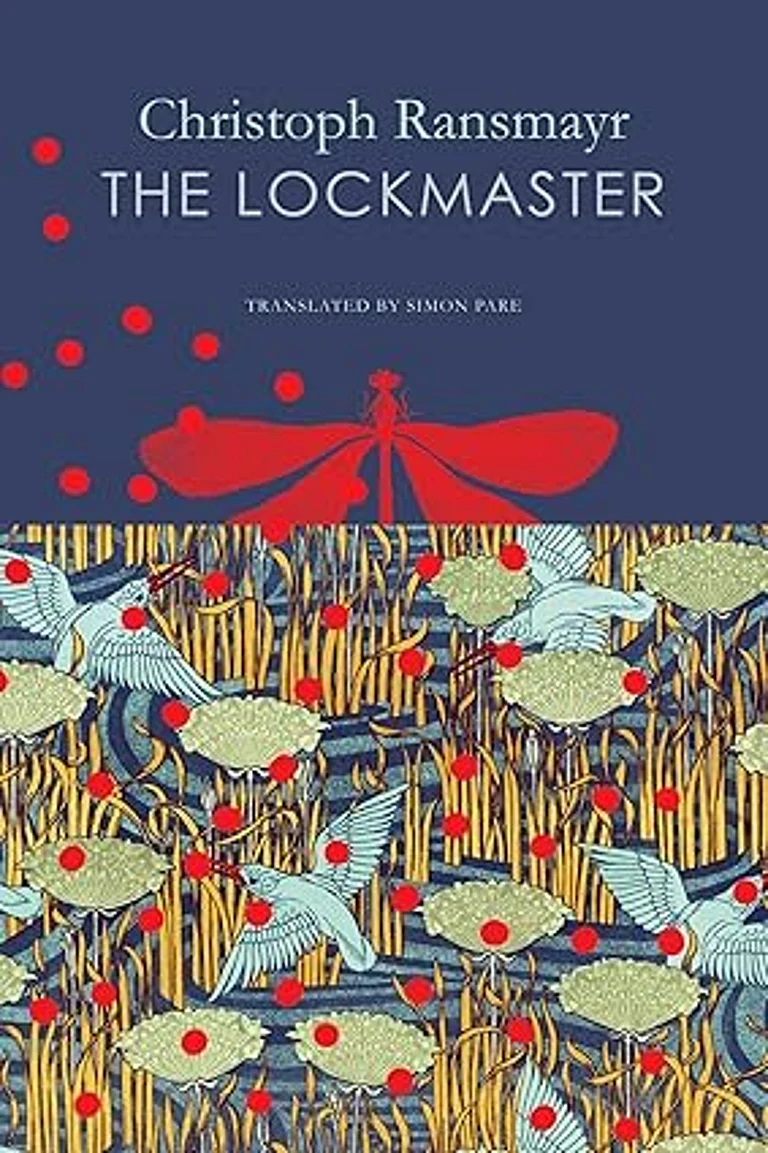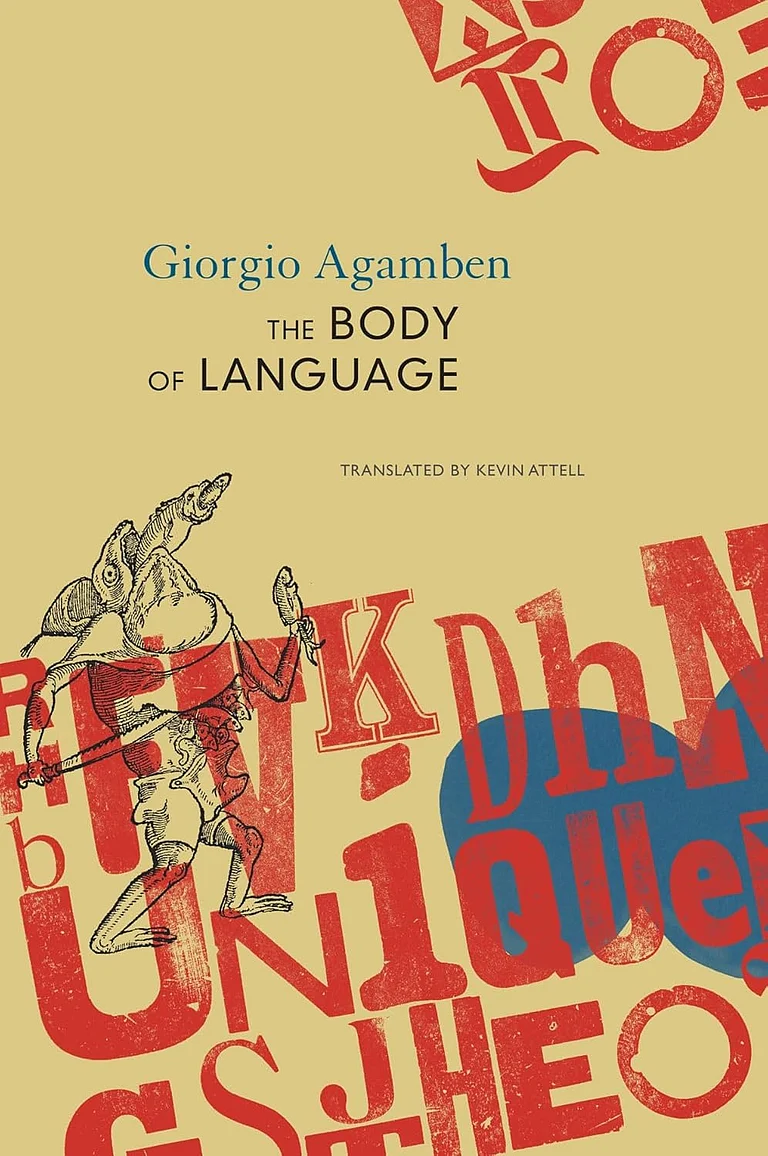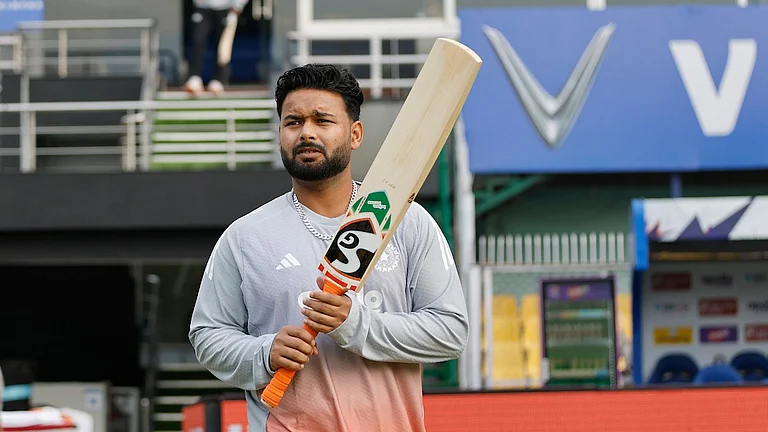Punjab politics is deeply impacted by its three distinct regions, Majha, Malwa and Doaba, shaped by the flow of the rivers. The demographic and spatial-cultural dimensions of each region are vividly portrayed through their respective distinctive folk cultures – music, songs, dances, dress codes, food habits, religious places, cult-following, caste patterns, political affiliations, economic pursuits and business proclivities. The thick presence of deras (sect-shrines) of varied nomenclatures adds further to the complexities of their multi-pronged religious-cultural realms. Majha region, between Beas and Ravi rivers, comprising Amritsar, Tarn Taran, Gurdaspur and Pathankot districts, happened to be the birthplace of Sikhism and its early progression. The presence of Darbar Sahib (Golden Temple) in its Amritsar city –where the fifth Master, Guru Arjun Dev, compiled the Adi Granth, reverently called Sri Guru Granth Sahib – SGGS), and also composed Sukhmani Sahib – and of Kartarpur Corridor in Gurdaspur district, which connects Punjab to Gurdwara Darbar Sahib in Pakistan – where Guru Nanak Dev spent the last eighteen years of his life-giving shape to Sikhism, the youngest religion in the world – assign it unique sacred importance.
Majha is also known for the daredevil acts of its valorous people who boldly confronted Alexander the Great at the banks of Beas River and fought pitched battles with Ahmad Shah Abdali at Amritsar city. The intrepid people of this borderland area of Indian Punjab are also known for the political acumen of their ancestors who established an independent Punjabi state under the command of Maharaja Ranjit Singh. Popularly known as the Panthic (religious) belt with 25 assembly seats, Majha is claimed by the Akalis as their conventional support base, which had returned Bikram Singh Majithia, currently, an allegedly disparaged Shiromani Akali Dal-Badal (SAD-Badal) candidate from the Amritsar East assembly constituencies, consecutively for three assembly terms. It did not give any space to Aam Adami Party (AAP) in the last assembly elections. Majha is also known for its stellar contribution during the turbulent period of Sikh misls (Sikh confederacies). After the partition of Punjab in 1947, it acquired a new politico-strategic identity, being on the borderland belt of Punjab, with serious implications not only for the state but also at the national level.

Malwa region, on the South of Sutlej River, with 69 assembly seats, is known for its close association with the rise of Khalsa (initiated Sikhs) identity. The Khalsa was founded by the tenth Master, Guru Gobind Singh, after the beheading of the ninth Master and his father, Guru Tegh Bahadur, during the Islamic sharia rule of the Mughal Emperor Aurangzeb. The Khalsa was founded to protect the innocents from any form of injustices and religious persecution. It initiated a new phase in the Sikh tradition by providing a well-coordinated politico-religious (Miri-Piri – temporal power and spiritual authority respectively) vision for the Sikh community All the major Khalsa-Mughal battles were also fought in Malwa – at Anandpur, Chamkaur, Muktsar and Sarhind. The two elder Sahibzadas (prince/sons) – Ajit Singh and Jujhar Singh – of Guru Gobind Singh achieved martyrdom along with other 40 Singhs (Sikh soldiers) at the battle of Chamkaur Sahib, and the two younger ones (Zorawar Singh and Fatah Singh) were bricked alive at Sarhind, which was later destroyed by the Khalsa forces, led by Baba Banda Singh Bahadur. At the place where the two younger Sahibzadas were martyred, Gurdwara Fatehgarh Sahib (after the name of the youngest Sahibzada) stands – as a pilgrimage in the sacred memories of the youngest martyrs in the world – daily visited by a large number of devotees.
Thus, if Majha is the birthplace of Sikhism, Malwa is of Khalsa. It houses two Takhts (Throne in the worldly sense) – Takht Sri Keshgarh Sahib at Anandpur Sahib and Takht Sri Damdama Sahib at Talwandi Sabo in Bathinda district – out of the total five Takhts in India, and a large number of other historic gurdwaras that assign it special spiritual as well as political importance given the Miri-Piri domains of Sikhism. Takht Sri Keshgarh Sahib is the birthplace of the Khalsa. And Takht Sri Damdama Sahib is the sacred place where Guru Gobind Singh stayed for about a year after multiple battles with the princely states of the Shivalik hills, present-day Himachal Pradesh, and the Mughal rulers; and compiled the complete version of Adi Granth (SGGS) including the Bani (hymns) of the ninth Master Guru Tegh Bahadur.
Another famous place in Malwa is Gurdwara Tibbi Sahib near Muktsar city where every year Maghi Mela is organised on January 12-13 to commemorate the sacrifices of the Forty Muktas (Sikh martyrs). The Maghi Mela is also famous for political congregations being convened by various political parties. Political conclaves are also organised by different political parties during the festival of Hola Mohalla at Anandpur Sahib, near Takht Sri Keshgarh Sahib. There is a common saying that a political party, which wins the Anandpur Sahib assembly constituency, forms the government in Punjab.
Malwa, the largest of the three regions of Punjab, is known for sending a maximum number of chief ministers since the Punjab reorganization in 1966. It is also known for its avant-garde political behaviour. Praja Mandal movement, Pepsu Muzara movement, and the Zameen Prapti Sangharsh Committee-led agitation by lower caste landless agricultural workers all took place in Malwa. The AAP too opened its political account in this very region first by winning in four Parliamentary constituencies in 2014 and later in 18 Assembly constituencies in 2017. The majority of the agitating farmers at the borders of Delhi who lost their lives also belonged to this region.
Doaba region, with 23 assembly seats, is known for its significant contribution in the Ghadar – later Kirti – movement, Babbar Akali Lehar, Dayanand Dalit Udhar Mandal, and the historic Dalit (Ad Dharm) movement. Many of its inhabitants, both upper/dominant and lower castes were among the pioneers who settled abroad. Remittance of foreign currency and philanthropy towards village development as well as constructions of huge building of gurdwaras and deras have added a new dimension to the role of diaspora in promoting religion, politicising caste and influencing electoral politics.

It is in the above context that deras supported by the Punjabi diaspora has been playing a dominant role in influencing the political preferences of the electorates in all three regions of Punjab. Deras assume special importance during election times. Leaders of almost all political parties make multiple visits to deras to entice a maximum number of votes. There is hardly a village or town in Punjab where there is no gurdwara, temple and/or a dera. Among the most sought after deras in Punjab one can include: Radha Soami (Majha), Sacha Sauda (Malwa), Sach Khand Ballan (Doaba), and Divya Jyoti Jagriti Sansthan (Doaba). Among them, dera Sach Khand Ballan has become the most frequently visited place during the last few months ahead of multi-cornered Punjab assembly polls courtesy Charanjit Singh Channi, the Chief-Ministerial face of the Congress part. Almost all leaders of prominent political parties had paid visits to its huge complex in the outskirts of village Ballan near the Bhogpur town of Jalandhar district. Channi (Charanjit Singh) even spent a night at this dera underlining his community affiliations with the majority (Ravidassia dalit) following of their dera Ballan.
Deras are alternative religious sites where people, particularly belonging to lower caste strata of society throng not only for religious respite but also social and cultural gratifications. Such socio-religious alternate sites not only contest caste and religious differentiation but also provide a fresh algorithm to influence electoral politics in the state. Deras cultivate a feeling of cohesiveness among their diverse followers and generate new cultural capital and cult-based identity overriding their earlier specific social and political identities and galvanize them for target vote towards their preferred political parties. The mushrooming of varied deras in the regions of Majha and Malwa, despite the widespread influence of Sikhism, raises a serious question to be critically probed by the concerned social scientists.
Though Gaddi-nashins of deras (spiritual heads of deras) keep themselves away from political affairs and bless all those who come to them to pay their obeisance and treat all of them equally and, each deras has its own management committee as well as political wings. The management committees look after huge infrastructure of their deras’ service sector facilities – health and educational services. The staffs of the management committees of deras happen to be well-known personalities in their respective electoral segments. They carry a lot of political influence among the vast followings of their respective deras. According to a field-based study conducted by the Institute for Development and Communication, Chandigarh, Dera Sacha Sauda has influence in 27 Assembly constituencies, Radha Soami in 19, Deras of Ballan and Nurmahal in 8 each, Dera Nirankari in 4, and Dera Namdhari in 2.
Though there is no standardised methodology to map the influence of deras on the functioning of the electoral machine, there is a general impression that the Congress party may garner significant support from Ravidass deras led by dera Sach Khand Ballan. The chances of BJP to elicit political support from the followers of dera Sacha Sauda seem to have improved profoundly after the 21-day release of its head, Gurmeet Ram Rahim, on parole from Sunaria jail Rohtak in Haryana. The Radha Soami dera, though remain detached from the humdrum of politics, given the majority of its following hail from lower castes, there is a possibility of a slight tilt towards the Congress. As far as the SAD (Badal) is concerned, nonetheless, it will get support from various Sikh/Shiromani Gurdwara Prabandhak Committee-dominated gurdwaras and deras. Gurmat Sidhant Pracharak Sant Samaj in a meeting of around 300 Sikh preachers recently held in Jalandhar presided over by Sant Harnam Singh Khalsa, the chief of the Damdami Taksal, announced its support for the SAD-BSP alliance in the forthcoming Assembly elections.
(Ronki Ram is Shaheed Bhagat Singh's Chair Professor of Political Science, Panjab University, Chandigarh, and Visiting Professor, Faculty of Arts, Business and Social Sciences, University of Wolverhampton, UK. Views expressed in this article are personal)





















